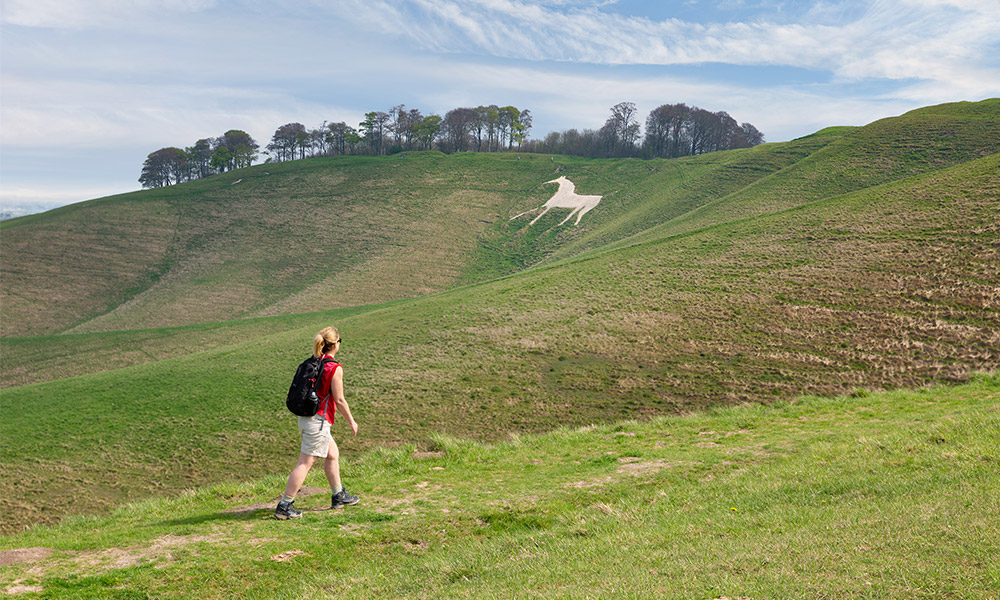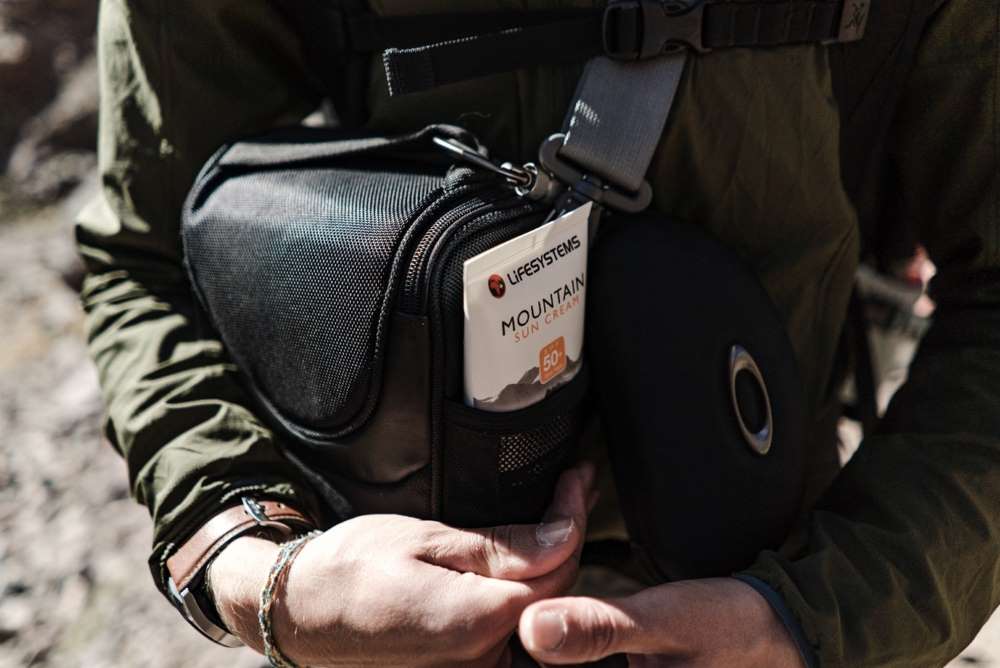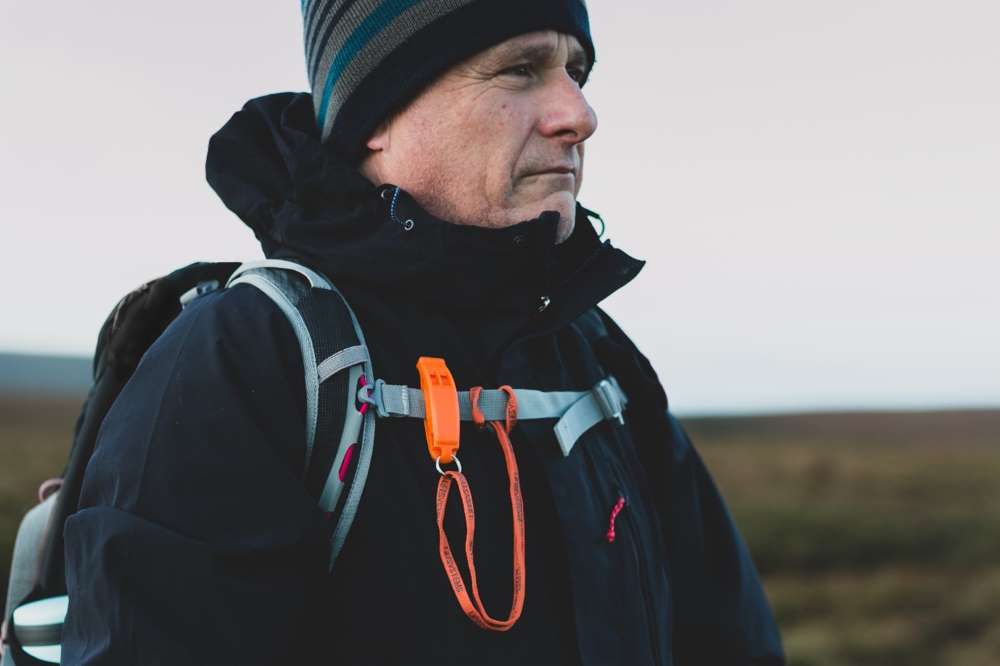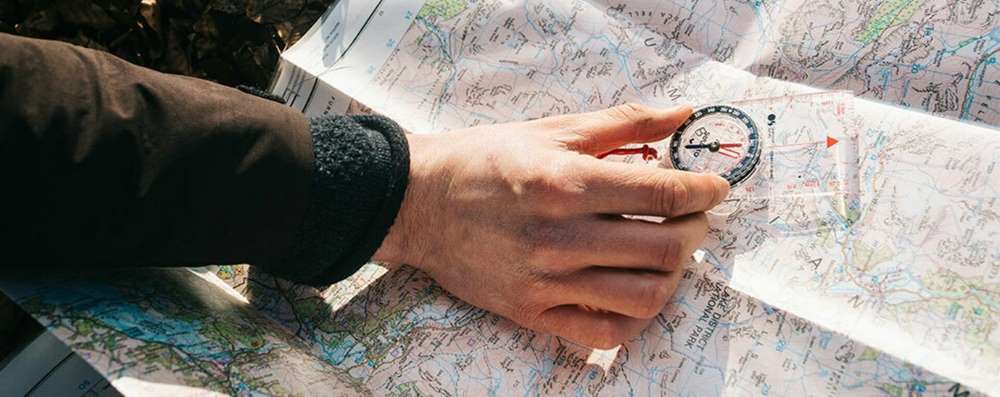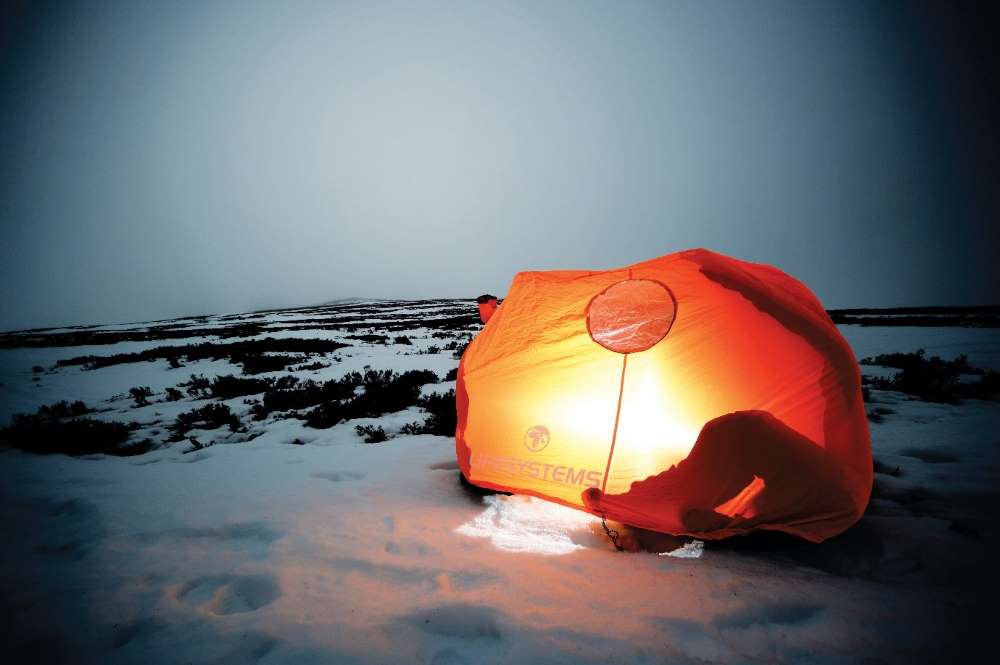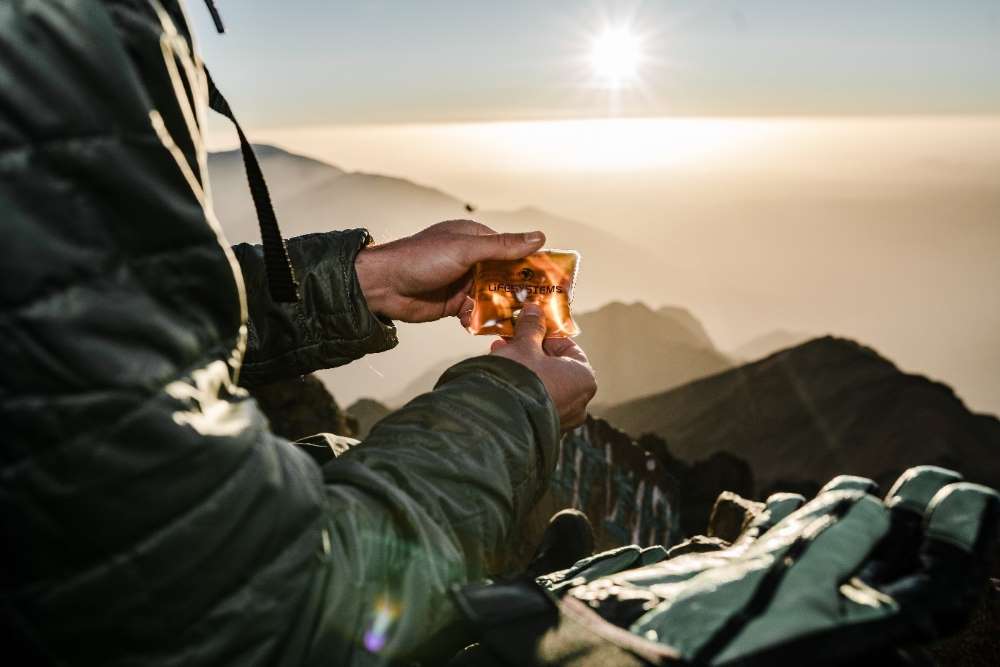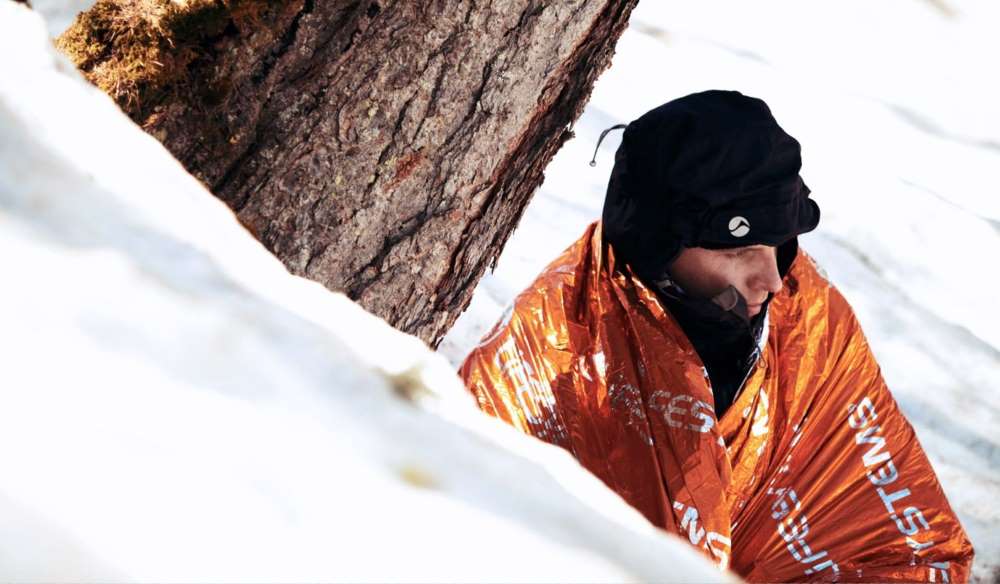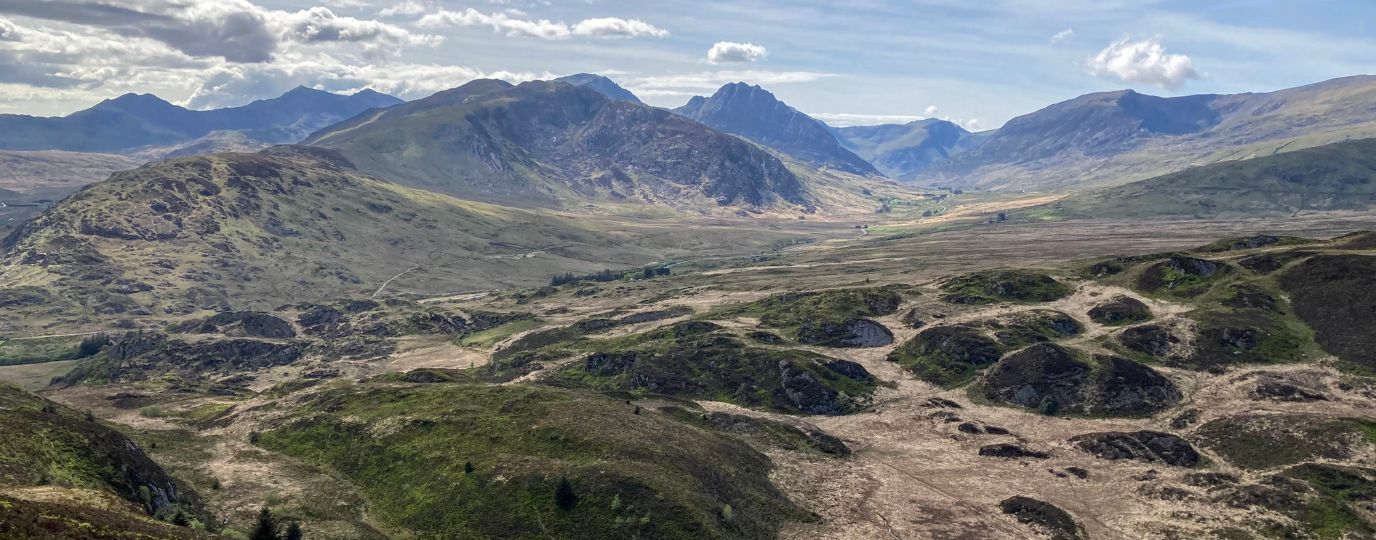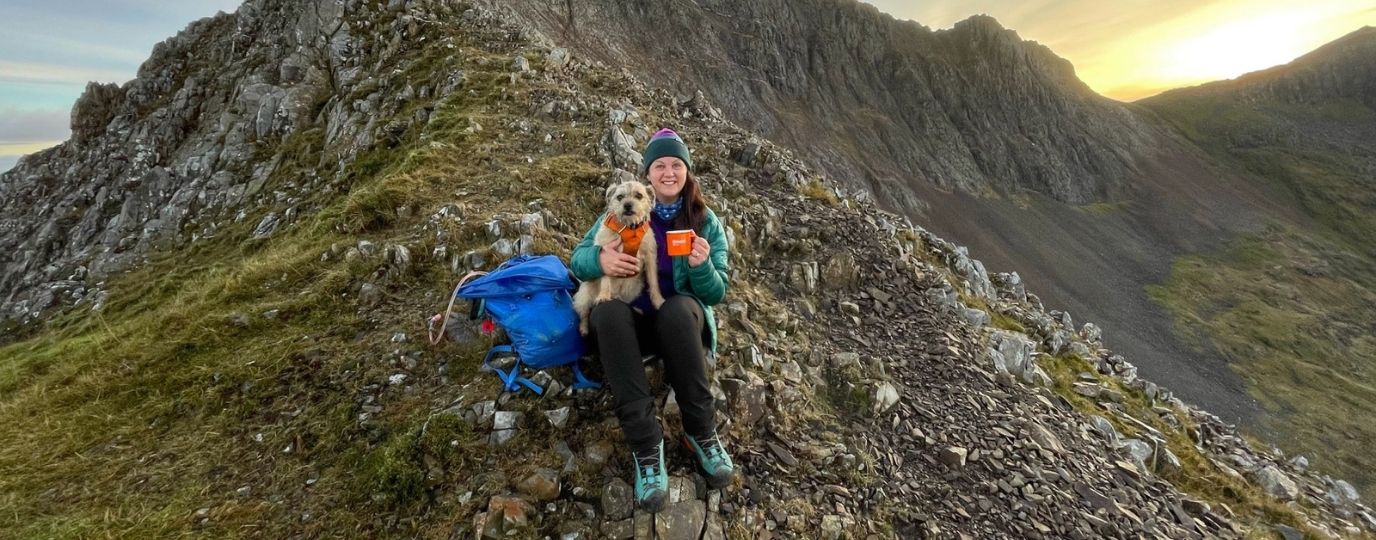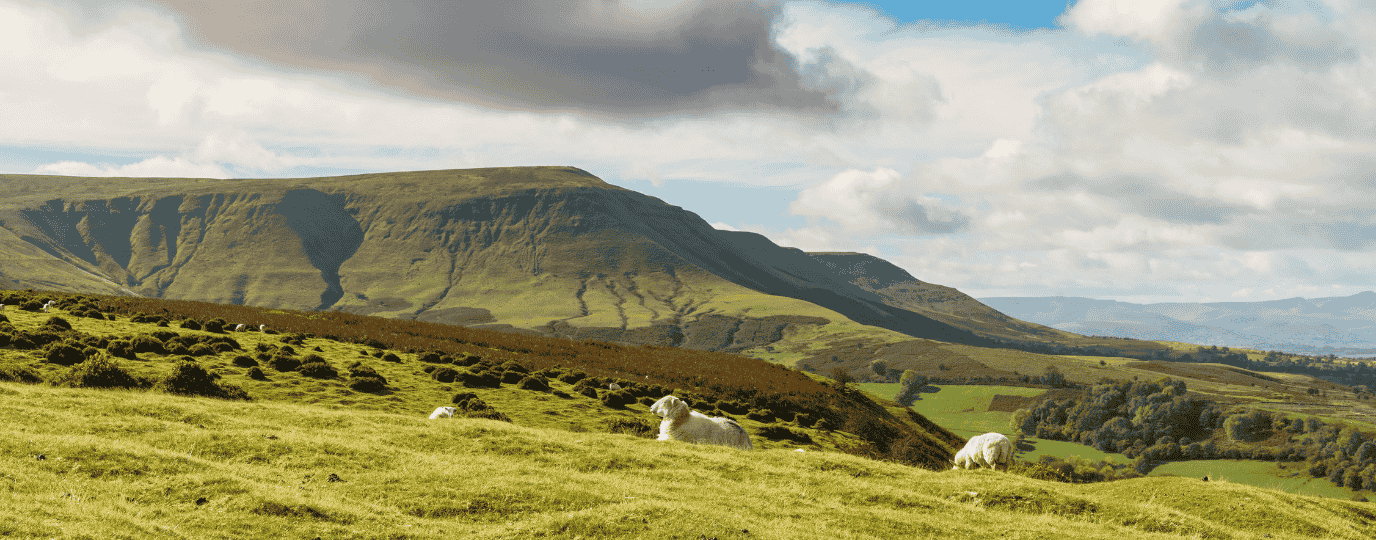Our friends at Lifesystems share expert advice on how to stay safe in the outdoors. Here is everything you need to know about safety when walking in the outdoors and how you can better prepare yourself for your next adventure.
Whether it’s summer or winter, it’s important to stay safe in the great outdoors. In general, walking is a incredibly safe outdoor activity but there’s always a small chance you can run into a spot of trouble, especially if heading into the hills or you’re out poor weather conditions. Here is everything you need to know about safety when walking in the outdoors and how you can better prepare yourself for your next adventure.
Discover hundreds of thousands of walking routes, or plot your own, with a free trial of OS Maps.
Safety considerations when hiking
The outdoors was an integral part of many people’s lives during the pandemic. While most activities closed, Mother Nature provided well needed relief from daily life. Now, as we are almost back to normal, some choose to continue their newfound love of outdoor activities and are venturing further to discover natural beauty up and down the country. While we want you to enjoy yourself, we also want to make sure safety is a priority, so we have put together our essentials for a lovely day’s walk in the open air.
Whether you’re out for a summer jaunt or a winter expedition, the first steps are very much the same.
- Have a checklist of what you need
- Make sure your phone is charged
- Tell someone where you are going and when you will be back.
First Aid
What better place to start with keeping you safe than a first aid kit. There are kits to suit any activity, from micro first aid kits containing 18 items to mountain leader kits with 89 items. They are often named according to the activity you are likely to do which makes choosing easier. The micro first aid kit is ideal for weekend rambles or family walks as it’s equipped to treat most minor injuries. While we hope you will never need it, it is essential to be prepared.
For more extreme expeditions, larger kits will have more items such as duct tape, triangular bandages, cutting sheers and medications to help with more serious injuries or common issues at a campsite or on a mountain. You may want to consider taking a splint that will help support sprained limbs or broken bones.
If you are using an old kit, check that you still have the components you need and that any out-of-date products are replaced. You can always add other things to your kit including tape, sun cream, and insect repellent.
In all cases, we would suggest you get to know your kit and be prepared to use it. If you have to wait for hours when something does go wrong, just a basic knowledge of first aid will help.
Skin Care
While out and about, you need to ensure that you protect any exposed skin from harmful rays of direct sunlight. It is important to consider the day’s activity before choosing which sun cream is the best for you. If you are walking through woods where there are multiple areas of high shade, then you will get away with a standard sun cream from any supermarket. The intensity of the sun’s rays increases with altitude so if you’re hiking up a mountain, it’s important to choose sun care with a high-altitude performance to keep you as safe as possible. Look for cream with a 5-star UVA filter and a SPF rating of 50+. Even if it is not very hot, the sun can still burn so it’s always a good idea to carry a tube with you.
In winter conditions, it is more important than ever to protect your face from the sun. Reflections from any snow can increase the damaging effects. Finding the correct cream here is more important and look for options designed for mountain or winter conditions with photostable filters.
Visibility and signalling
It’s easy to lose track of time when in nature, or things can take longer than anticipated. This may mean you are off the beaten track after dark which presents a new set of challenges, so a light source is essential be that a head or handheld torch. A torch can also be used to signal for help in case of an emergency as many that are designed for outdoor use, have different light modes including flashing.
For longer trips consider taking spare batteries or a charger if rechargeable. Batteries do not last as long in the colder weather.
Although it’s possible to draw attention to yourself with a torch, if the weather takes a turn for the worse then visibility could become an issue. This is why we also recommend carrying a safety whistle. There are a few different options, with varying decibel levels but the louder the better. The noise from multi-tone versions also tends to travel further. If the unfortunate situation arises where you need to signal for help, a whistle is one of the most effective ways to attract attention: heard from long distances and used in all weather conditions. Ensure you know the best way to attract attention. Six loud blasts, then waiting a minute to repeat will make it clear that you have an issue.
Navigation
This will be part of your general kit, but a map and compass are essential for those just-in-case moments. If you use an app, like OS Maps, on your phone, the battery might go. So, it’s important to have a back-up just in case. Some people prefer to use GPS devices with longer battery life and often more advance GPS signal. There are also GPS devices without mapping but offer important safety features like two-way communication and SOS capabilities so you can contact friends and family back home.
Thermal Protection
A lightweight, compact thermal blanket is a highly versatile product that can provide relief in many ways. While its main purpose is to reflect and retain body heat in the event of an accident, it can also help if the weather suddenly turns cold. Unconventional, yet useful, uses of a product like this include providing a barrier between you and the ground to stop you from getting cold and wet. Most thermal blankets are also made from a high visibility material: the Lifesystems Thermal Blanket is orange to add to the safety element. This means that it will be a lot easier to spot in case of an emergency or accident.
Most thermal blankets are really compact and easily left in the bottom of your backpack, for emergencies.
Like with sun rays, wind also gets more intense with altitude. A survival shelter provides you with total relief from the potentially harsh winds whether this be for a long period of time or just to eat your sandwiches! Again, using a survival shelter in bright orange with reflective strips will make you as visible as possible. It is lightweight and easy to put up and down giving you quick and hassle-free shelter. Not only does it protect you from gusts of wind, but it provides cover from the rain and from damp surfaces.
Hydration
Staying hydrated when out and about is vital. Not only does it regulate our body temperature, but it also helps to prevent infections and keep our organs functioning properly. Although this is important daily, the exertion from hiking can make you susceptible to dehydration, even when it’s cold. It is important to find the right water bottle to suit your needs while hiking as your drink needs to be secure and easy to locate.
While you take water with you most of the time, for longer hikes and expeditions you may use natural water sources. If this is the case, ensure that you use a form of water purifier. Although chlorine is an effective purifier, chlorine dioxide kills the bacteria and viruses in water without leaving any noticeable after taste so is often preferred. It creates perfectly safe water for you to consume and you don’t have to carry as much weight at the start of your hike. Water purification devices such as those from Steripen and MSR are excellent choices for regular use.
Thinking about winter
Winter presents itself with a new set of challenges and risks. While the safety equipment covered here will help in most situations, there are a few more items that we consider essential during winter months.
Before you head out, think about what you’re wearing. You might think it’s essential to wrap up warm, however it’s actually more effective to wear light, breathable layers that can be added or removed. The breathable material allows air to travel between the layers which helps to stop sweating. It is important to remove layers before you start to sweat and not just rely on wearing breathable clothing. This is because the moisture on your body and clothes will make you cold once you stop moving.
Loneliness has only been exacerbated by the pandemic where our connections with family, friends and colleagues were broken. Even with our best efforts on Zoom screens and virtual quizzes, inevitably many people experienced loneliness, which can severely affect our mental and physical wellbeing. Ultimately, we are social animals – even the introverts like me – and need to feel valued in a community to feel safe and solve problems.
A head torch is another summer advisory but winter essential. With darkness falling earlier and quicker, you need to ensure you don’t hike after the sundown without a light. A hands-free option allows to you to walk safely, whilst seeing where you are going. A head torch is also extremely useful through rain and fog, so you can see, and you are also visible to others.
Another way to keep warm winter is to light a fire with either using matches or a fire starter. Look out for storm-proof matches that come in watertight containers and light quickly in all weather conditions, including high winds and driving rain. You could also use a fire starter, which will create a spark no matter how wet it is. Options with built-in magnesium rods are ideal for areas with limited natural tinder or the tinder is too wet to light. Magnesium burns really well.
Essential Safety Checklist
| Day Hike | Expedition | Winter |
| Food/snacks | We recommend you take the day hike kit, plus… | We recommend you take day hike and expedition kit, plus… |
| Pocket first aid kit | Multi-day first aid kit | Splints and extra bits for first aid kit |
| Head torch/ torch (suggested) | Firestarter/ matches | Extra clothing |
| Sun cream | Thermal blanket/ bag (essential) | Heatshield thermal blanket/ bag |
| Insect repellent | Emergency shelter | Ice axe |
| Water and water bottle | Duct tape | Shovel |
| Whistle | Head torch (essential) | Crampons |
| Thermal blanket/ bag (suggested) | Spare batteries or charger | Handwarmers |
| Emergency shelter (if in the mountains) | ||
| Map and compass |
Get out there!
Of course, the list goes on, particularly when hiking in the hills during winter. You should also have crampons, ice axes and shovels.
We hope this essential safety checklist proves useful while planning your next, or even first, hike. Mountains are wonderful and we hope you never have to use a safety kit, but it’s good to have one, just in case.
Remember to keep safe and immerse yourself in the outdoors as much as possible!

